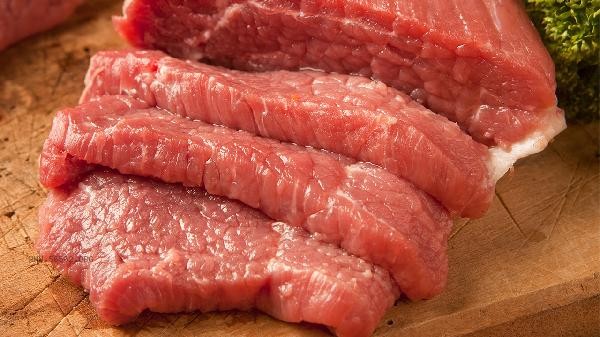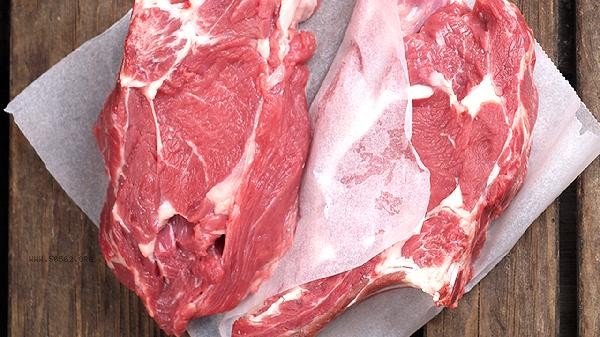The strong satiety of beef is mainly related to its high protein, high fat, low digestion speed and other characteristics. Protein and fat can delay gastric emptying, dietary fiber promotes intestinal filling, and the chewing sensation and amino acid composition of beef also regulate satiety signals. Beef is rich in high-quality protein, and its amino acid composition is close to the human body's needs. During digestion and absorption, it stimulates the secretion of hormones such as cholecystokinin, which transmits signals of satiety to the brain. Protein molecules have complex structures and take a long time to decompose in the stomach, which prolongs the filling state of the stomach. The protein content of lean beef can reach over 20 grams per 100 grams, much higher than most common meats. The fat content in beef varies greatly depending on its location, but even lean meat contains a certain amount of intramuscular fat. Fat stimulates the release of gastric inhibitory peptides in the intestine, slowing down the speed of gastrointestinal motility. The digestion of saturated fatty acids such as butter requires bile emulsification, which further prolongs the residence time of food in the digestive tract. Beef brisket and other areas with tendons also contain collagen, which can be converted into gelatin when heated, increasing the viscosity of food texture.

It is recommended to consume vegetables rich in dietary fiber, such as broccoli and mushrooms, together to balance nutrition and enhance satiety through fiber absorption. Avoid excessive consumption of high-fat foods and limit the weekly intake to 300-500 grams. People with weak digestive function can cut beef into small pieces and stew slowly, which is more conducive to nutrient absorption.










Comments (0)
Leave a Comment
No comments yet
Be the first to share your thoughts!